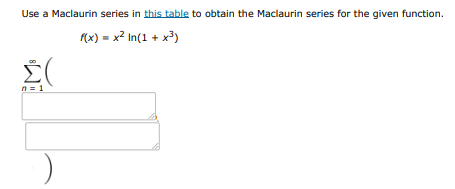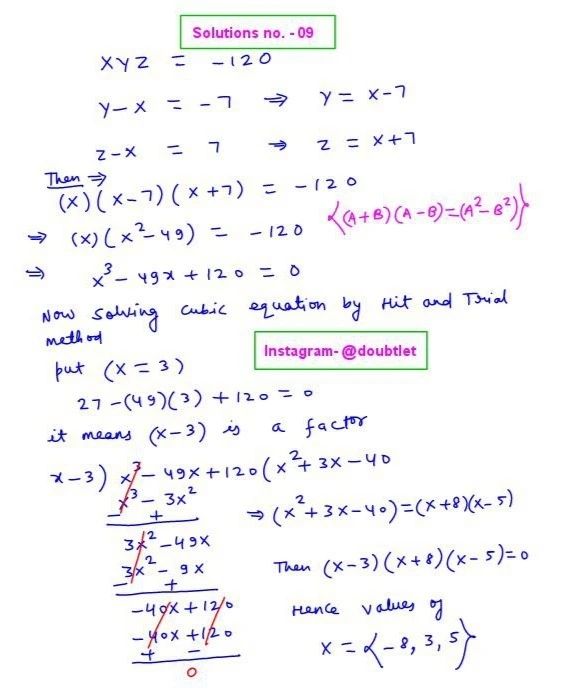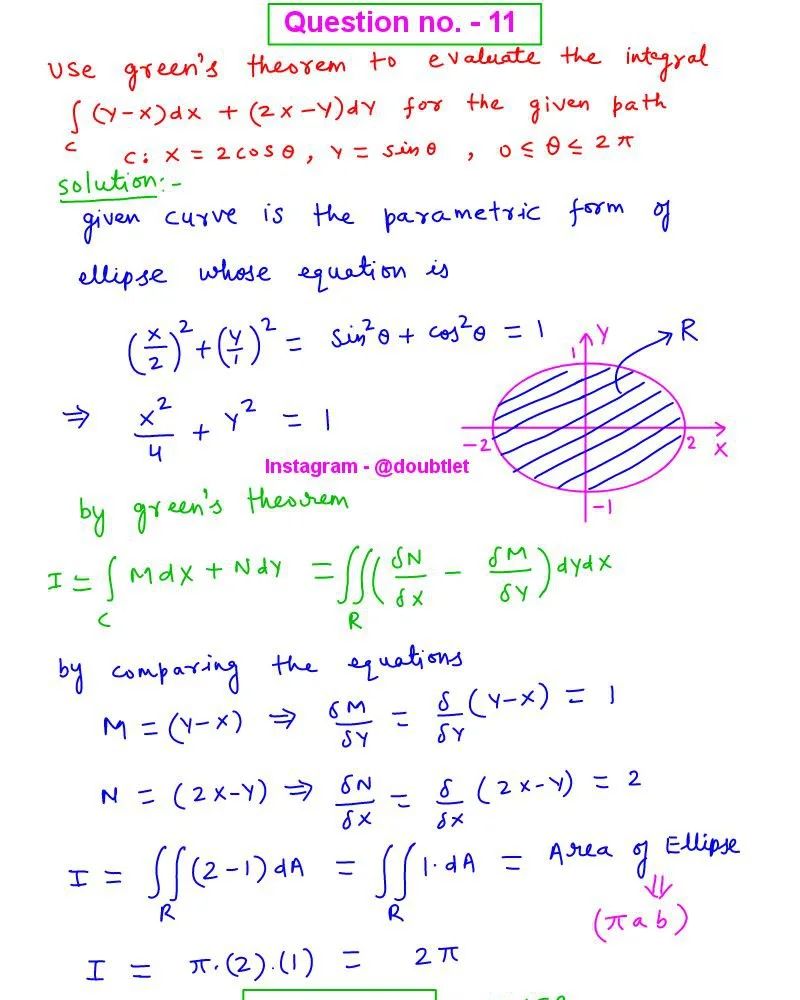









Question :
Use a maclaurin series in this table to obtain the maclaurin series for the given function:

Solution:

Neetesh Kumar | December 21, 2024
Calculus Homework Help
This is the solution to Math 1c
Assignment: 11.10 Question Number 16
Contact me if you need help with Homework, Assignments, Tutoring Sessions, or Exams for STEM subjects.
You can see our Testimonials or Vouches from here of the previous works I have done.
Step-by-step solution:
Step 1: Recall the Maclaurin Series for :
The Maclaurin series for is given by:
This series converges for .
Step 2: Substitute for in the Series:
To find the Maclaurin series for , we substitute for in the series for :
Step 3: Multiply by :
Multiplying each term by gives the Maclaurin series for :
Conclusion:
The Maclaurin series for the function is:
This series represents the function for all such that converges, which is true for .
Final Answer:
Please comment below if you find any error in this solution.
If this solution helps, then please share this with your friends.
Please subscribe to my Youtube channel for video solutions to similar questions.
Keep Smiling :-)
Comments(0)



Leave a comment